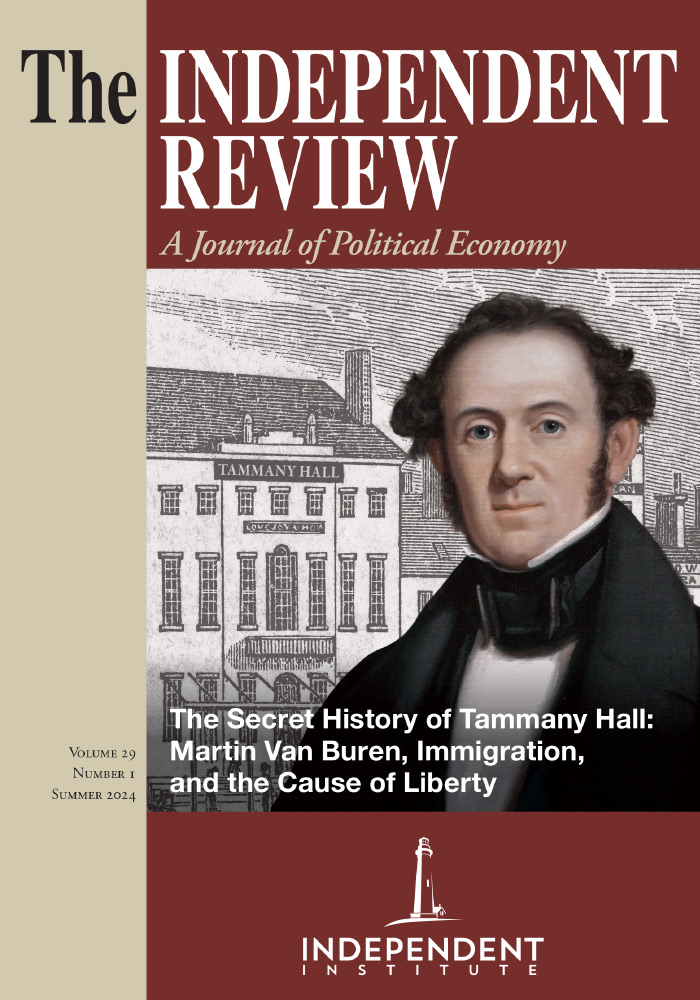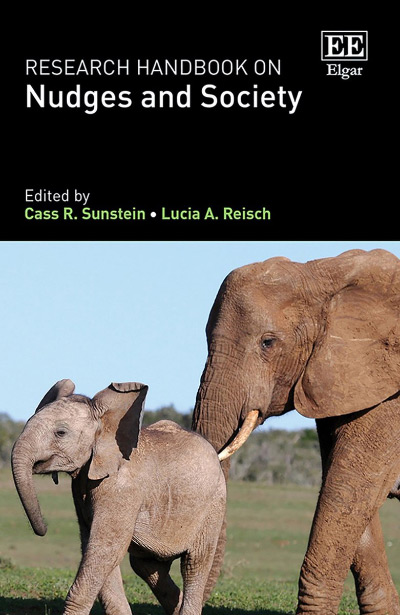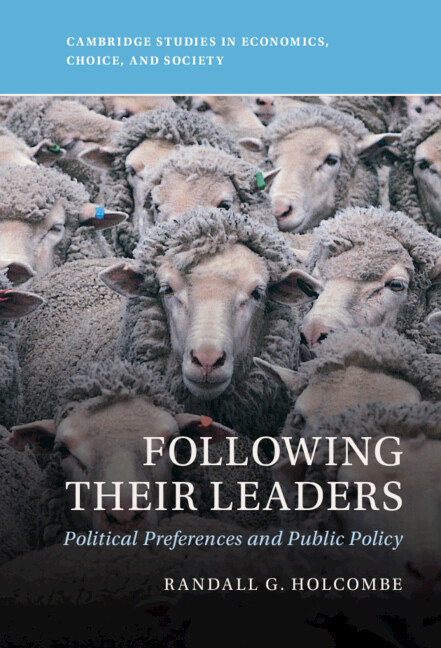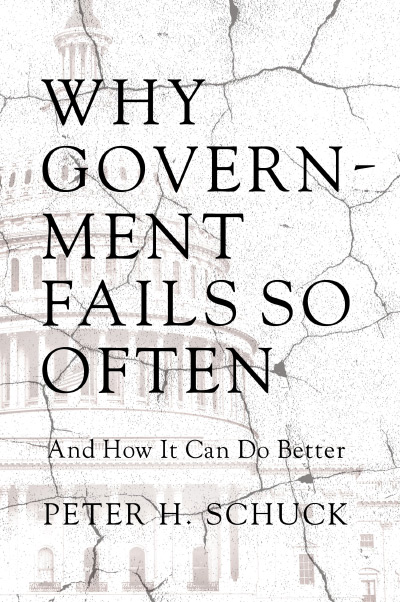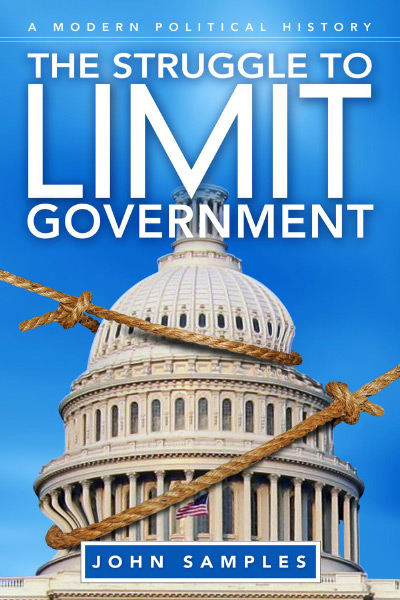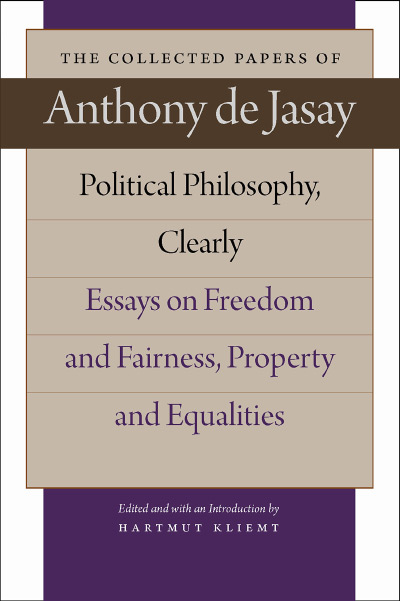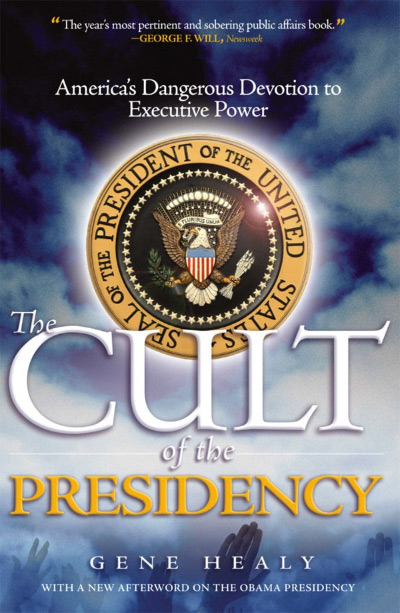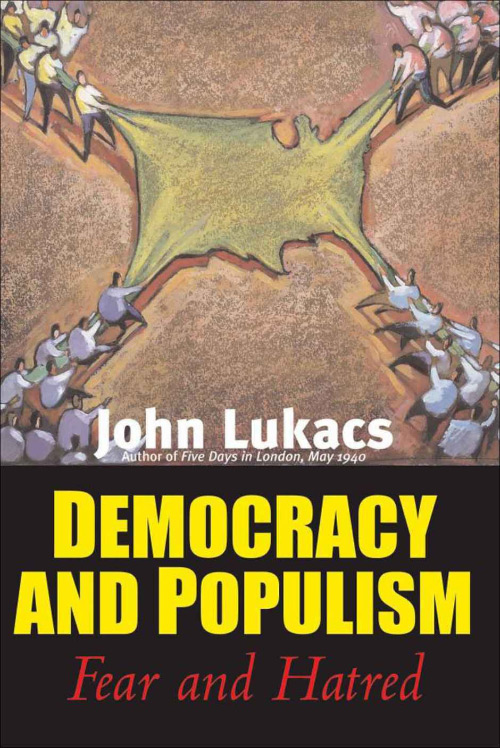In Liberal Freedom, Eric MacGilvray writes, “The central argument of this book is that contemporary academic liberalism rests on a flawed and idiosyncratic understanding of what liberalism is” (p. 121). MacGilvray’s target is the tradition of liberalism that emerged from the work of John Rawls in the latter part of the last century, which has come to dominate academic political theory since. He argues that this conception of liberalism has spread from academia to political discourse, leading to extreme polarization and political sclerosis.
The highly theoretical, idealized, and justice-based conception of liberalism popularized by Rawls and his followers is flawed, according to MacGilvray, because it reads much of the history and diversity of liberal thought out of the liberal canon. In response, MacGilvray proposes a better understanding of liberalism consistent with its history that takes its core concern—freedom—seriously. In so doing, he develops an original and useful conception of liberalism as emerging from the tension between two types of freedom: market and political. He also argues that by understanding these types of freedom and their limitations, we can better construct a forwardlooking political order that may be more inclusive and less prone to polarization.
I question below some of the choices that MacGilvray makes, especially his precise characterization of freedom and his, to my mind, too hasty rejection of contractarianism, but in broad strokes, I largely agree with his general approach. The book is excellent and deserves close study. I hope that it will open the door for more work to be done in this space and will help to create a broader conception of liberalism than those left on the shore after the Rawlsian tsunami.
Liberalism is an intellectual tradition and political ideology composed of several essentially contested concepts and antinomies. Chief among these is the idea of freedom. MacGilvray, in making freedom the paramount virtue of a liberal society, must, therefore, establish what conception of freedom he has in mind and show that it is somehow superior to the others on offer. The key move in doing so is distinguishing between a free person and free action.
The main idea here is that freedom is a kind of status that a person can have, which makes freedom an inherently social or political notion. The freedom-of-action view is fraught with paradox, not least in distinguishing between constraints that interfere with freedom (e.g., threats from another person) and those that do not (e.g., my car is broken, so I can’t get to work). There is also the symmetry between threats and offers. An offer so good that one can’t refuse it has the same effect on our behavior as a threat. Offers seem unobjectionable, while threats don’t, however.
Although MacGilvray’s objections to the negative conception of freedom are well taken, embracing a status-based conception of freedom has its own drawbacks. The development of liberalism coincides with a movement from status to contract, as Henry Maine put it. In this sense, freedom of the person, understood as a status, is a move backward. This “republican” understanding of freedom was a political doctrine when the distinction between freeman or citizen and slave or noncitizen crucially mattered. Virtually all republican societies were also slave societies. In liberal societies, no crucial distinction in status can make a difference; freedom as a status of persons is distributed equally among adult citizens (and most resident aliens). In what sense, then, is it meaningful to focus on the status of a free person? Surely it is one’s rights and the ability to exercise them meaningfully that makes one more or less free. Unless we are interested in introducing a hierarchy of different statuses that have varying levels of freedom associated with them, I see little point in moving to a person-centered conception of freedom for political purposes in a liberal society, however useful it may be to think of persons as the locus of responsibility in moral philosophy more generally.
MacGilvray is also critical of the freedom characteristic of the market, which involves what he calls “nonresponsibility,” that is, the freedom to “do as we please and let the chips fall where they may” (p. 14). I’m not sure if this is a correct assessment of how we think about freedom in markets. Although there is considerable scope for purely instrumental, non-tuistic behavior, real markets tend to be much richer and thicker with institutions, rules, and norms than some of the highly idealized notions of markets that one often finds in economic and political theory. This is no surprise, as many of the critics as well as defenders of markets tend to rely on these, but they are crucially incomplete. Real markets rely on background norms as well as interpersonal and impersonal trust. We see this by observing markets “in the wild,” but also markets made in the lab.
All of this is to say that I am skeptical of MacGilvray’s conception of market freedom. I don’t think it accurately reflects how individuals view their own and others’ behavior in actual markets, and I think it makes too strong a contrast between market and nonmarket freedom.
Nevertheless, an important and welcome part of the story in Liberal Freedom is how liberalism and commercial society emerged together and have tended to be mutually reinforcing. The fact that The Wealth of Nations was published the same year as the American colonies declared independence is instructive. Liberalism, as opposed to the republican Whiggism of the previous generation, developed in response to the diversity and interests unleashed by commercial society in the United States and Britain at the turn of the nineteenth century.
According to MacGilvray, liberalism is not a coherent doctrine so much as an ongoing response to a problem generated by modernity, namely, how to reconcile the republican conception of self-government with the idea of commercial society and market freedom. What emerges is a liberalism driven by its tensions and differing responses to a common problem rather than a highly structured theoretical goal (e.g., justice) or a particular method of justification (e.g., contractarianism).
Whatever else we take from this book—and there is much more worth taking— the key insight is found in this conception of liberalism. One can reject the positive conceptions of republican and market freedom developed in the book’s first half, for instance, while still thinking that there is much to be gained from looking at liberalism as a doctrine driven by the tension between political self-government and commercial society.
My objection would be to characterize this tension as between two valuable kinds of freedom rather than as the clash between different types of institutions and the changes they have wrought. Insofar as MacGilvray wants to avoid identifying liberalism as a goal-based theory, the thesis developed here raises a question. The two types of freedom seem to operate as goals, and MacGilvray seems to be arguing in favor of a fundamentally teleological form of liberalism.
MacGilvray agrees with James Madison and against Rawls that freedom rather than justice should be the aim of a liberal society, and on this fundamental point, I agree. The focus on justice and consensus in modern liberal theory is a mistake that leads to many problems, several of which are identified in this book. Where I would disagree is in thinking that this Madisonian aim can be pursued by focusing on a person-centered political conception of freedom. In my view, the genius of Madisonian liberalism is its focus on institutions that harness the tension and diversity created by the interplay between democratic government and capitalism. Regardless, moving from a justice- and consensus-based account of liberalism to an ongoing project of working through probably unrecognizable tensions with a focus on freedom is a welcome change.
The last part of the book is spent arguing that our focus on justice in liberal theory has led to polarization in liberal practice. It is easy to see why. If we think of politics as the arena for implementing our moral goals and political ideals of justice, it is natural to think of those who disagree with us as opponents who need to be defeated, rather than as potential partners. Abraham Lincoln’s first inaugural address comes to mind in this context. In the face of intractable conflict over different views of American society and justice, Lincoln reminded Americans:
We are not enemies, but friends. We must not be enemies. Though passion may have strained, it must not break our bonds of affection. The mystic chords of memory, stretching from every battle-field, and patriot grave, to every living heart and hearthstone, all over this broad land, will yet swell the chorus of the Union, when again touched, as surely they will be, by the better angels of our nature.
It is important to remember the consequences of forgetting this point.
In our own time, when passions have strained and those mystic chords of memory seem faint, Liberal Freedom serves as an important corrective. Liberalism, as MacGilvray reminds us, is not about getting it right so much as it is about preserving the system that ensures our status as free and equal members of a commercial society. I am confident that even if Liberal Freedom doesn’t tell the whole story of liberalism, the story it does tell is important and insightful. This book will surely contribute to a new birth of freedom in liberal theory, which we can only hope will also inform liberal practice as well.
| Other Independent Review articles by John J. Thrasher IV | |
| Summer 2021 | Putting Populism in Its Place |
| Winter 2018/19 | Cooperation and Excellence: A Premodern Case for Capitalism |

